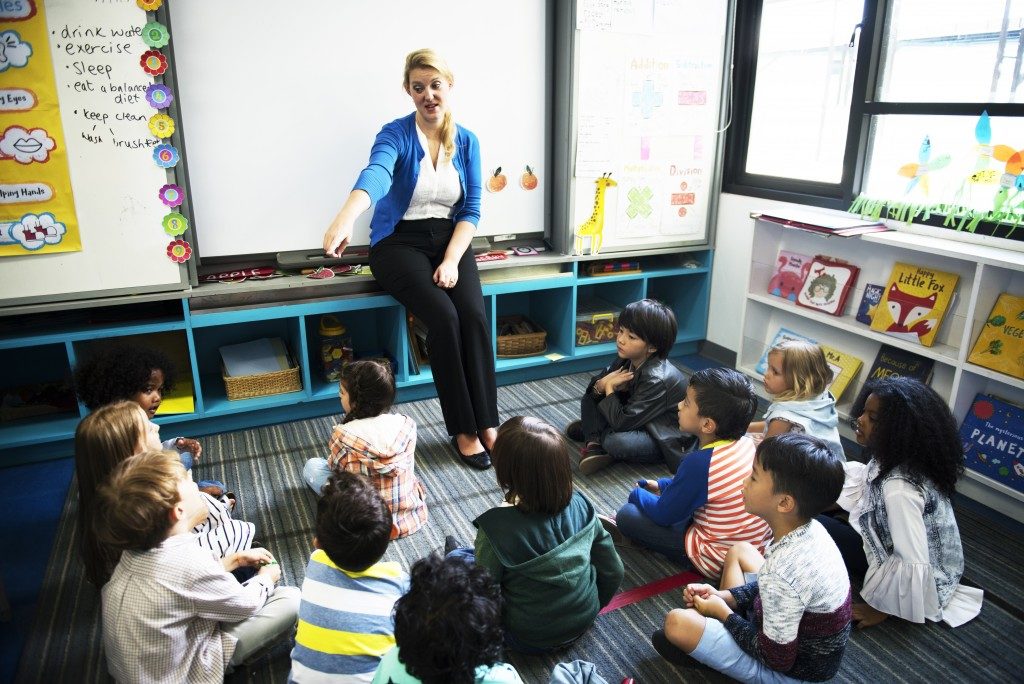Every teacher knows well that a ‘quiet’ class — and it isn’t the good kind of quiet, certainly is not the better alternative for a noisy one. After getting passionate about explaining one of Shakespeare’s sonnets, you ask the students what they think about it. Behold, you’re met with either blank stares or shy heads bowed down. There are some eager ones, but the majority of the class falls silent. What’s sad about this is that you know that your pupils have brilliant ideas. They just don’t feel like engaging in class or they’re shy to speak up.
In this dilemma, these are the elements you can tweak to allow them to talk more:
Environment
How your classroom looks influences the mood of students. Usually, the common row-by-row seating evokes formality and may intimidate some. The same is true with the U-shaped set-up, given that it entails speaking to the whole class.
What you want is for your classroom seating to be a little less formal, and more on the flexible side, that kids can choose where they want to sit. Giving that freedom makes your space less frightening and more encouraging of active participation. Add bean bag chairs in your room and scatter them all throughout. Choose different patterns for covers to make them more inviting for children. You can also use exercise balls, stools, mats, or cushions. Whatever you choose, prioritize comfortable classroom floor chairs for an environment conducive for sharing ideas freely.
Class Dynamics
Not only should you pay attention to your physical space, but to the emotional-social environment, too. The relationship among students has a lot of impact on their oral participation in class. When kids are intimidated of other classmates’ social class, gender, or race, they’re less likely to be involved in discussions.
What you want is to break those emotional-social barriers. This can be done by placing them in groups. In group settings, children are able to learn more about each other and find common ground. They may be coming from different social statuses, but they may all be struggling with understanding fraction problems. They may be different in skin colour, but they may all be fans of Pablo Neruda. Over time, students feel more connected to each other that it’s easy for them to share their thoughts and opinions, however unpopular they may be. Going back to that Shakespeare sonnet scenario above, when you want students to speak out, let them do it in groups.
Types of Questions

You can improve the types of questions and discussions you’re initiating in class. Instead of asking them what they think about Shakespeare’s sonnet, why don’t you frame it this way: ‘What’s that one line that’s most striking to you? Why?’ It’s specific, calling for just one line. It’s personal, motivating kids to probe into their thinking patterns, perhaps life experiences. You can also make it a little more creative. Lay down some pictures on the blackboard and ask the kids to point which image best describes the mood of the poem. The bottom line is, rethink the way you ask. Make it interesting. Make it easy to answer.
It’s every teacher’s dread to have a room full of students who don’t want to recite or talk. This shouldn’t be the reality in your own class. Focus on the elements above and you’ll be able to make students talk more, and talk wisely.



